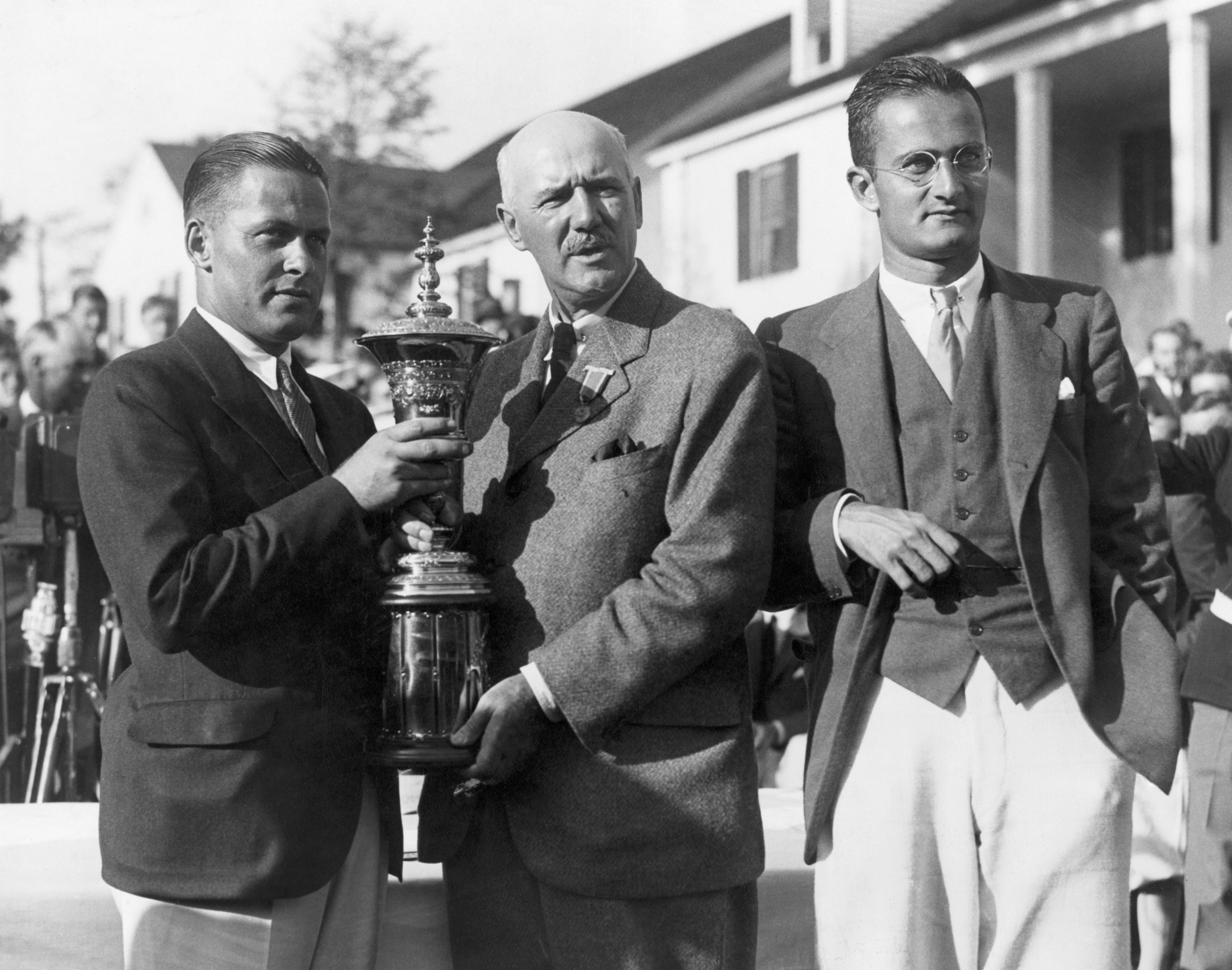The coronavirus pandemic has hit a giant pause button on fans being able to watch golf on TV, and in some cases, even kept people off courses. But while we hunker down and hope for a speedy return to normalcy, we can also use this time as an opportunity to learn more about the game we love. Here’s our latest installment of “Did you know?”
The men's pro game today revolves around the four biggest events of the year: the Masters, the PGA Championship, the U.S. Open and the Open Championship. Fans treat the majors differently, the media treats them differently, and even players, despite claiming they're "just another week," treat them differently. Why? Because they are. We judge careers based off these four tournaments, each of them featuring some of the best fields the sport has to offer. One victory in a major tournament can change a player's life.
DID YOU KNOW: Where did the term 'mulligan' originate?
And yet, two of them didn't even exist for many years, and the original four major championships actually included two amateur tournaments.
WATCH MORE VIDEOS FROM THE LOOP
The first major ever contested was the Open Championship at Prestwick in Scotland in 1860, and it remained the only major championship for 25 years. In 1885 the inaugural Amateur Championship, also known as the British Amateur, was held at Royal Liverpool in England. Ten years later, the USGA held the inaugural U.S. Open and the inaugural U.S. Amateur, both at Newport Country Club in Rhode Island.
For the next 19 years, those were the only four men's majors: the Open, the U.S. Open, the U.S. Amateur and the Amateur Championship. Even after the birth of the PGA Championship in 1916 and the Masters in 1934, both the U.S. Amateur and the Amateur Championship were still recognized as majors for many more years. In 1930, Bobby Jones won both amateur events in addition to the U.S. Open and the Open Championship. This is when the term "Grand Slam" was first used, and it remains the only calendar-year Grand Slam in the history of the sport.
It's unclear when today's four majors became the four majors, and according to legendary Golf Digest writer Dan Jenkins, there didn't seem to be a set number of majors way back when. Some of the game's legends even considered the Western Open (first played in 1899) and the North and South Open (first played in 1902) as majors, meaning there may have been anywhere between six and eight tournaments that players considered majors.
Then in 1960 golf's greatest star, Arnold Palmer, went across the pond to play in his first Open Championship. On his way there, he and Bob Drum, a friend and writer at the Pittsburgh Press, discussed the idea of the modern-era Grand Slam, which would include the Open Championship and the PGA Championship, as well as the U.S. Open and the Masters. Palmer then returned to play in the Open the following two years and won back-to-back claret jugs, reviving the event and bringing it to prominence in America.
The one problem was that the PGA was played the week after the Open, making it impossible to compete in both events. When it was later moved to August in 1965, this made the modern-era Grand Slam possible, and the Masters, U.S. Open, Open Championship and PGA Championship have been the four majors ever since.
Yet, even as late as 1986, some still considered the amateur events majors. During a recent Masters rewatch, golf fans pointed out on social media that a commentator could be heard during the 1986 Masters final round broadcast saying that Jack Nicklaus was going for his "20th major." The commentator was likely including his two U.S. Amateur titles, the first of which came at Broadmoor in 1959 and the second at Pebble Beach in 1961. That line of thinking has clearly changed over time, as Nicklaus is recognized for his 18 major titles.

